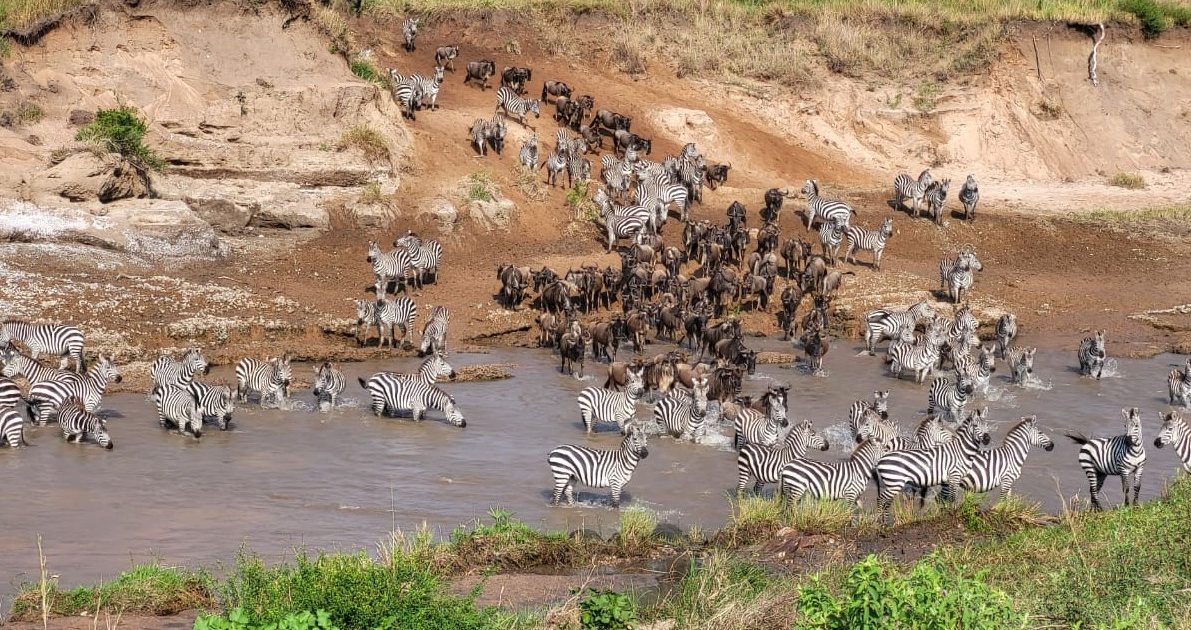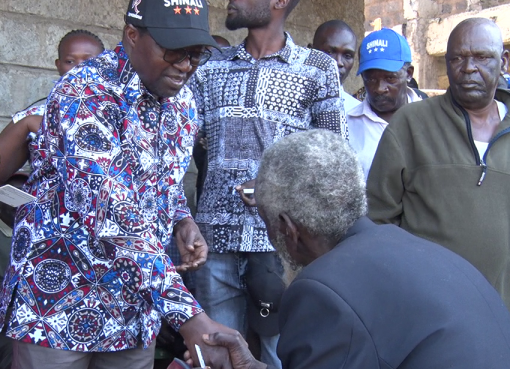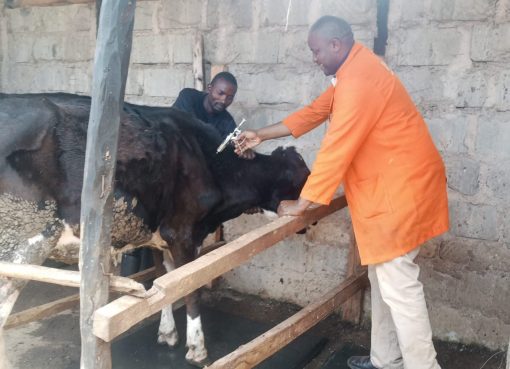Wildebeest migration across the Mara River from the Serengeti National Park in Tanzania to Maasai Mara National Reserve in Kenya and back is a spectacular phenomenon that attracts millions of tourists every year.
During the season, millions of wildebeests and zebras journey from Serengeti starting in the month of July and returning towards the end of the year.
Experts say that their movement is mainly because of breeding purposes, as they come to the Kenyan side for mating and return back to Tanzania to calve.
Recently, Narok County Governor Patrick Ntutu revealed that approximately 3 million wildebeest crossed from the Serengeti to Mara this year, a number he considered higher than the previous years.
He said the Mara is the main source of local revenue for the county government, as it generates up to Sh3.5 billion annually, owing to the increased number of tourists that visit the resource.
However, despite the huge amount of revenue that the phenomenon attracts, cattle farmers around the Maasai Mara National Reserve ecosystem are not a happy lot.
The farmers lamented of a viral disease released in the environment in the place where the wildebeest calve. They said when their cattle feed on the grass at the place of calving, they become weakly to the point of death.
Abraham Tobiko, a livestock farmer at the Emati area in Trans Mara West Sub County, observed that not all wildebeest return to the Tanzanian side to calve.
“Some wildebeest are left behind in Kenya, where they calve. If our cattle happen to feed on the grass where a wildebeest has calved, it becomes sickly to the point of death,” he said.
He lamented that he had lost his cow that is believed to have eaten grass where the wildebeest had calved, hence contacted a virus and died after a few days.
“When we find pregnant wildebeests in our premises, we chase them away so that they don’t calve near our homesteads,” he reiterated.
Narok West Veterinary Officer Dr. Mattew Nchoko confirmed the viral disease as Malignant Catarrhal Fever (MCF), that lead to death in cattle.
He said the disease causes depression, diarrhoea, loss of appetite, high fever, and nasal discharges and finally leads to death in cattle.
Dr. Nchoko said approximately 3 to 12 per cent of the number of cattle that have come in contact with the wildebeest calving area have died of the disease.
He advised farmers to be careful not to graze their livestock at such points so as to avoid losing their animals, as the disease has no known cure.
Assistant Director Kenya Wildlife Service (KWS) in charge of Narok Ecosystem Ibrahim Osman said wildebeest mostly feed in the protected areas, and advised farmers to protect their cattle from moving to the wildlife protected areas without someone to escort them.
“Before, the wildebeest used to loiter in a very wide range, but because of human settlement, they are constrained in the national reserve and conservancies, which is their natural habitat,” he said.
Osman reiterated that the pastoralist community has lived with wild animals for years and has never complained of the disease.
“I have heard of the disease, but I am not sure if it is scientifically proven. However, I advise farmers to keep off the wildlife protected areas, where the wildebeest are found and mostly breed,” he said.
By Ann Salaton





